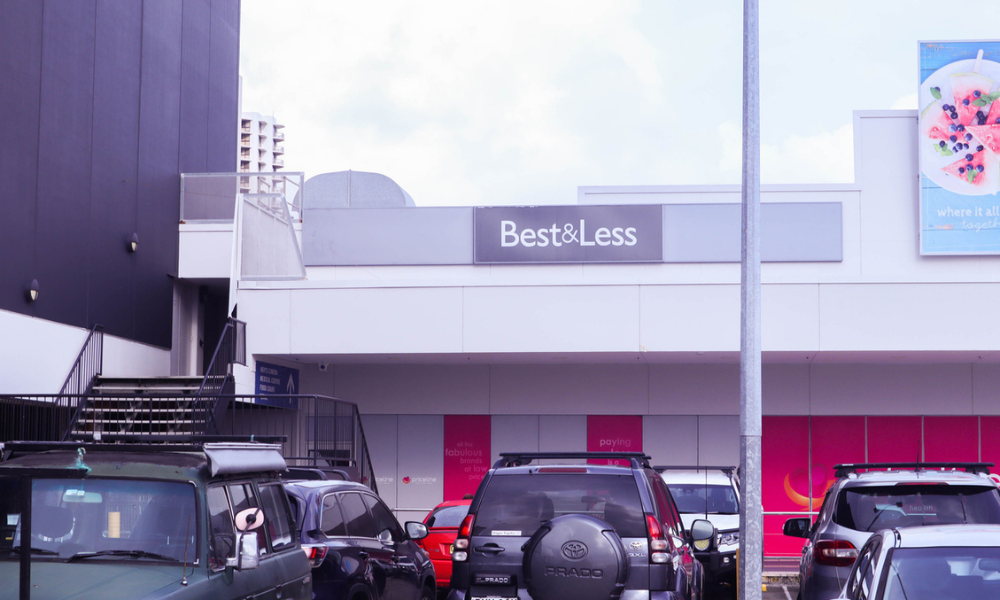Longer work hours, the ageing workforce and increasing health care costs are seeing an increase in the number of wellness at work programs. Robyn Short examines how two companies are chalking up effective outcomes in their health and wellbeing programs
Longer work hours, the ageing workforce and increasing health care costs are seeing an increase in the number of wellness at work programs. Robyn Short examines how two companies are chalking up effective outcomes in their health and wellbeing programs
Contemporary rehabilitation programs are seeing Australia’s workplace injuries on the decline, recent statistics have shown. But industry estimates suggest the cost of absenteeism continues at more than $2 billion a year, while absenteeism and presenteeism surveys reflect major medical conditions at work such as allergies, depression, asthma, diabetes, skeletal problems, headaches, skin conditions and hypertension.
No longer are widely used corporate exercise programs and injury prevention measures the only drivers in promoting health and wellbeing at work. Emerging analytical approaches range from dieting and online health and wellbeing programs, to educating senior and middle management.
Organisations offering their employees access to quality of life and health and wellbeing programs are not expecting immediate bottom line results. Some find perceived clear benefits through engagement studies and reduced claims costs.
For example, the CSIRO launched its health and wellbeing strategy in 2005. It continues to yield encouraging results, says Angelica Vecchio-Sadus, health, safety and environment (HSE) manager for the CSIRO’s minerals division.
Return on investment on the CSIRO’s health and wellbeing initiative has not been measured formally so far. Vecchio-Sadus says HSE professionals work with management, researchers and support staff to implement the program, with all groups benefiting from this involvement. This has enabled measures to be implemented to reduce downtime associated with incidents. “It allows researchers, for example, to continue with their work, and we can also act promptly on the first signs of employee distress by referring employees to the EAP [employee assistance program] provider, and consult more widely with the supervisor,” Vecchio-Sadus says. Communication and consultation are critical to wellbeing, she adds.
Costs are decreasing
Vecchio-Sadus confirms the CSIRO’s compensation numbers and costs have decreased. Psychological injury claims between 2002 and 2005 cost $1.3 million at an average $32,500 per claim. This figure fell to $2,700 in 2006. Body stressing claims in the same period cost the CSIRO $3.2 million for more than 500 cases, each claim averaging $6,000 in compensation. In 2006, average cost of a body stressing claim was estimated at $4,300. “The figures indicate that prevention and promotion including health and wellbeing efforts make an impact,” Vecchio-Sadus says.
The CSIRO’s EAP provider offers counselling on a range of concerns including substance abuse and depression. Its training, awareness and pre- and post-injury programs can be picked up wherever a staffer is working nationally, says Vecchio-Sadus.
The organisation’s major employee component comprises scientists and professionals who work long hours. Employees are also able to access flexible work structures which include part-time work, work from home arrangements and flexible leave options such as carer’s leave. Many employees accumulate excess recreational leave days for reasons such as workload and personal drive.
At national energy provider, AGL, employee involvement in its health and wellbeing programs is steady and increasing in other areas, according to Megan Kingham, manager for wellbeing and diversity. “We are pleased with the way they have gone,”says Kingham, who has observed employee health over the past 18 years she has worked for AGL.
Kingham says the company rules out absenteeism as a sole measure in assessing outcomes, and is less reliable than surveying employee engagement.
Productivity is improving
Kingham reports AGL conducted a health and productivity survey 18 months ago. It was measured by self-reporting in nutrition, exercise, stress and sleep. “We are concentrating our health and wellbeing program on this ahead of another survey later next year,”she says. “Our evidence is anecdotal so far and we realise there is no quick fix, and that improving wellbeing is an ongoing process and takes time.”
She says she finds employees feel more valued and appreciated on a personal level and consequently do a better job as a result of engagement in the programs.
Challenges emerged in getting corporate acceptance of health and wellbeing programs, and implementation took 12 months, Kingham says. Programs are now helped by senior management support, a development she says was sparked significantly by increasing US and local research on the links between wellbeing and productivity. “The programs are now seen as a necessary part of what we are offering to potential employees,” she says. Programs are also reliant on ongoing commitment from the company, she adds.
At the CSIRO, primary prevention effort includes ergonomics and injury and illness prevention. Secondary prevention programs target early treatment and prevention of complications linked with illness and injury through rehabilitation case management, targeted medical surveillance and examinations.
Logistics a challenge
Onsite programs are constrained by the difficulties of arranging appointments, travel, additional expenses and other potential obstacles, Vecchio-Sadus says. “In some cases, multiple sessions are presented to allow more employees to attend,” she says. “We cannot force employees to attend health promotion activities nor can we expect everyone to value their health positively.”
“We expect the positive and proactive uptake in health and wellbeing programs, employee enthusiasm, availability of resources, ongoing improvements and further strategies will [reduce further] the numbers and costs of injury, reduce health risk factors and enhance the working life of employees,” Vecchio-Sadus says.
AGL’s Kingham describes the organisation’s main challenge as managing logistics and providing cost-effective programs to its seven Australia-wide locations. “Not everyone has similar needs, online or geographic access, and it’s not a one-size-fits-all solution. Pinning down local champions is vital,” Kingham adds.
AGL operates nationally and continues to involve many of its employees in the health and wellbeing programs begun before its merger with Alinta in September 2006. AGL’s dual fuel accounts increased by 2.8 per cent to 1.1 million in the 12 months to 30 June 2007 and the company’s long-term goals reportedly include boosting customer numbers from 4.1 million to 5 million by 2010.
Kingham pays tribute to AGL’s 35-strong HR division. “HR can be the main driver because they have a strong idea of the culture of the organisation where the areas that need attendance are, and where things are working well,” she says.
Implementing and maintaining its program faced challenges at the CSIRO. Vecchio-Sadus says the organisation’s workforce profile, organisational structure and hazard exposures may influence employee health status and the ability to take part in health promotion. She says the CSIRO’s holistic approach to employee health and wellbeing aims at enhancing the physical, social and emotional aspects of human growth and development and is dedicated to assisting employees to live healthier, more satisfying lives at work and home. “It also includes helping employees to take responsibility for healthy behaviour and become more involved in health and wellbeing programs,” she says.
HSE professionals in the CSIRO are reporting a high level of employee support in the development of and participation in health and wellbeing activities because they are consulted on topics of interest. As well, activities are voluntary and not mandated or dictated, Vecchio-Sadus adds. “This results in heightened awareness, increased choice and control when coping with potential stressors, and can empower employees considerably.”
This can increase employee involvement and ownership of the employee work area, to enhance morale and safety culture. The impact of health promotion has included increased uptake in programs and improved injury and compensation incidence statistics, says Vecchio-Sadus, who is seeing steady progress for the program. Main elements comprise access to a health and wellbeing web portal, widely used by employees, health awareness training for managers and employees, EAP providers conducting awareness sessions, employer-supported employee health checks and health promotions programs such as exercise and diet at work.
The company’s health and wellbeing programs focus on employee lifestyle, with emphasis on physical, emotional, creative, social, financial and spiritual wellbeing. Features include religious prayer rooms, access to online mental health services, such as MoodGYM and living with back pain programs, as well as activity-based pedometer-measured walking schemes.








